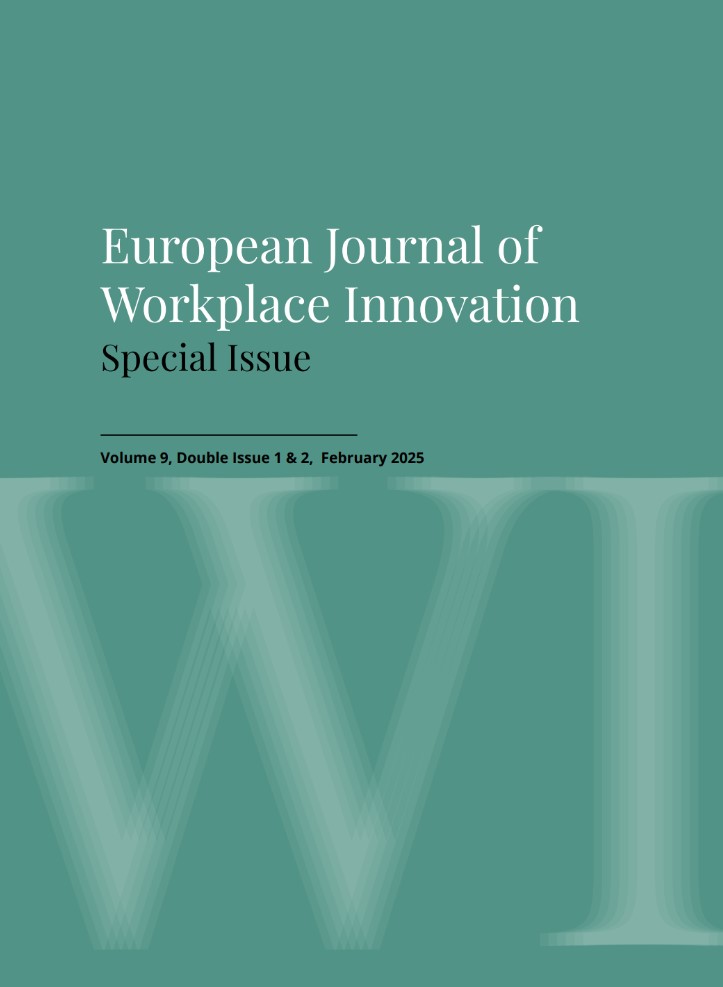Identifying the potential for green jobs and associated skills needs
Methodological concepts applied to the South African coal mining industry.
Abstract
The idea of green growth holds much promise but also much uncertainty. It is hard to predict what new jobs might emerge, what new skills will be needed, and just how to achieve a transition that is socially inclusive and economically feasible, while shifting entire systems towards greater environmental sustainability. How should organisations respond, so as to benefit from and contribute to green growth? Based on research to identify environmental skills needed in the South African mining industry, and other sectors, this paper proposes a number of methodological innovations. One is to expand the standard value chain analysis, by using a critical realist methodology that also looks for absences: value that should be there but is currently destroyed or untapped. An example is the restoration of mined land, a form of regenerative economy with the potential to reduce value destruction and create new social, economic and ecological value. Identifying such leverage points can show up the possibility of new or reconfigured jobs in the transitions to more sustainable development, in this case a transition away from coal. Another innovation involves the identification of the associated skills requirements. More than technical skills are needed, but just what do so-called ‘soft skills’ entail, and how can they be developed? The paper concludes with tools to apply at organisational level for green skills needs analysis, using a framework of technical, relational and transformational competencies, in support of the quest for green growth in senescent or at-risk value chains.
Keywords: sustainable development, value chain analysis, leverage points, mine restoration,
relational and transformational competencies
Authors who publish with this journal agree to the following terms:
- Authors retain copyright and grant the journal right of first publication with the work simultaneously licensed under a Creative Commons Attribution License that allows others to share the work with an acknowledgement of the work's authorship and initial publication in this journal.
- Authors are able to enter into separate, additional contractual arrangements for the non-exclusive distribution of the journal's published version of the work (e.g., post it to an institutional repository or publish it in a book), with an acknowledgement of its initial publication in this journal.
- Authors are permitted and encouraged to post their work online (e.g., in institutional repositories or on their website) prior to and during the submission process, as it can lead to productive exchanges, as well as earlier and greater citation of published work (See The Effect of Open Access).

